ED 61/62 Growth Chamber
Spaceflight Research Tool
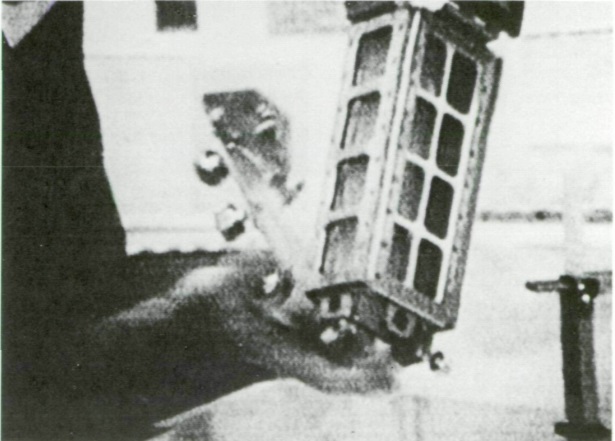
- Name: ED 61/62 Growth Chamber (Unofficial)
- Affiliation: NASA
- Country: United States
- Focus Areas: Plant Habitat
- Type: Spaceflight
- Spacecraft: Skylab
- In Service: 1974
- Leads: Joel Wordekemper, Donald Schlack
- Confirmed Plants Grown:
-
- Rice
-
- Accolades:
-
- Possibly NASA’s earliest attempt at astrobotany in space
- First astrobotany citizen science (student-designed experiment)
-
Summary
Over 50 years ago, a pair of teenagers made history when their experiments launched into space, kicking off some of the first astrobotany experiments ever conducted. This ED61/62 growth chamber supported their rice seedling experiments on the Skylab space station.
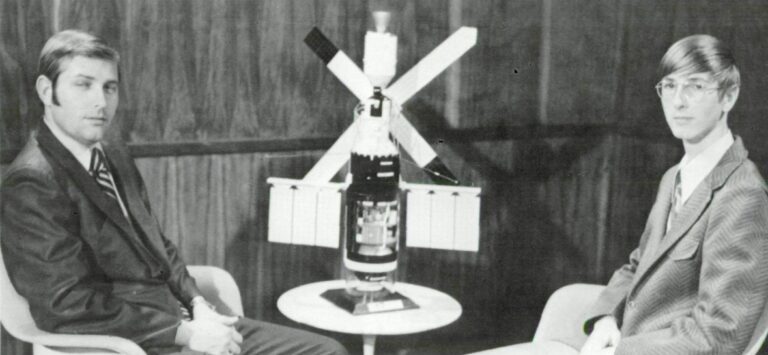
High school students Joel Wordekemper (9th Grade) and Donald Schlack (11th grade) were both intrigued by astrobotany, so when NASA announced a call for Skylab proposals they separately proposed experiments about plants in space. Wordekemper was curious about how radish seedlings would orient their roots/shoots in space. Schlack had a similar idea but with rice seedlings, and he also designed hardware to test whether light affected the direction of seedling growth in microgravity. These two proposals were so similar that NASA chose to run both Wordkemper’s experiment (called ED61) and Schlack’s experiment (called ED62) on a modified version of Schlack’s hardware. This modified hardware has no official name, so we call it the ED61/62 growth chamber.
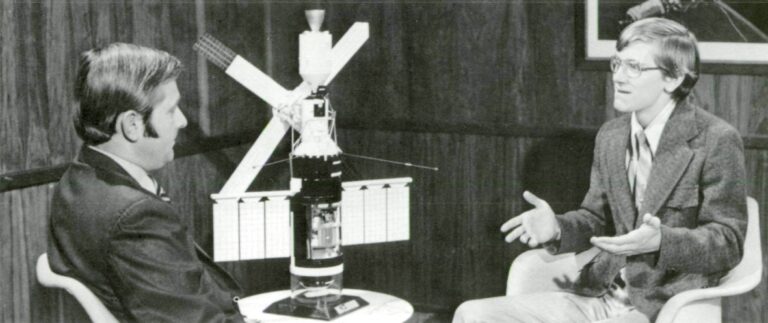
The ED61/62 chamber was the first long-duration growth chamber—the first chamber that grew plants for more than 3 days duration in space. This growth chamber grew seedlings in eight separate compartments, with three seeds per compartment. Each compartment had a window to allow light to pass through. Light filters were added to these windows to dim the light at six different light levels, to help scientists understand the minimum threshold for light sensitivity and plant growth responses. Each chamber had another window that was usually closed but could be opened for an astronaut to capture photographs of each compartment. An automatic seeder was designed to implant three seeds in each compartment, inside a nutrient agar substrate.
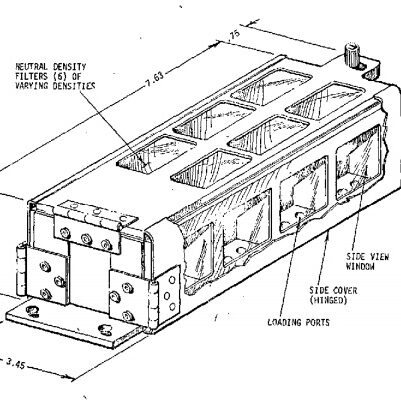
Chamber Components
- Eight compartments (two rows of four), also called “seed cells”, with sterile nutrient agar
- Two transparent windows on each growth chamber (to allow for front and side view photos)
- One window had a removable opaque cover (always closed except for when pictures were taken)
- Other window had a neutral density filter of serial densities
- 8 neutral density filters over the second window
- Two have zero light transmittance (control group)
- Other six have different light levels, with transmittances of 1, 1/2, 1/8, 1/16, 1/32, and 1/64
- Automatic seeder to implant three seeds in each cell
- A 35 mm camera with camera bracket
About the Experiments ED61 and ED62
Rice seeds were used instead of radish seeds, due to poor radish germination in ground control tests. The first launch on SL-1 did not go as planned—the seeds were exposed to high temperatures—so the SL-3 launch resupplied the growth chamber with fresh seeds. On January 5th, 1974 astronaut Dr. Edward Gibson planted the seeds and became, in NASA’s words, the first space farmer* (*for NASA- the USSR put plants in space in 1971). The seedlings germinated over the next twelve days, and the experiment was so successful that NASA agreed to extend the experiment duration. By removing the cover plate and filters, Dr. Gibson allowed the plants to grow into the cabin. On Day 20, Dr. Gibson ended the experiment and sent his pictures and written observations down for the students and other scientists to analyze.
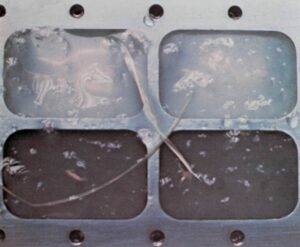
Out of the 24 implanted seeds only 10 germinated, similar to the germination rate in ground tests. During the first four days, the rice seedlings grew slower than in-ground controls, but after day 4 they grew just as fast (or maybe even faster) than those on the ground. Interestingly, the tallest seedling grown in space was over twice as long as the tallest plant in the ground control tests (4.2 inches compared to 2 inches). Although the growth rate seemed somewhat normal, the growth pattern was highly irregular, with stems twisting, curling, and looping in no particular direction. Some stems got close enough to the light to turn green, however, these stems did not seem to grow toward the light, instead continuing to twist and curl without any notable pattern or trend. The official report concludes that “Illumination level did not appear to be a contributing factor to the growth rates of the small sample of seeds aboard the space station.”
This growth chamber and its experiments were probably invaluable to engineers and plant experts as they designed subsequent space plant growth chambers and planned for future space biology experiments.
